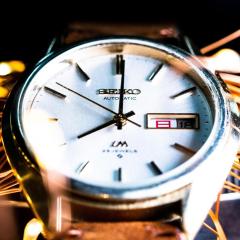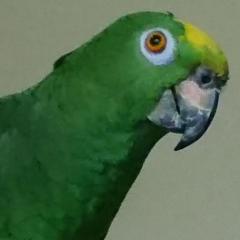Hands won't move?
-
Recently Browsing
- No registered users viewing this page.
-
Topics
-
Posts
-
I agree with hector it's probably the regulator curve, it almost always is on these movements. So i work on these movements a lot and iv'e managed to fairly consistently get them running at like 50 degrees more amplitude than that with deltas in the 3 range and on the wrist deviations of sub 1 second a day. They ALWAYS require work to get there though. The main thing is shaping the regulator curve and this is really finnicky and definitely something you practice on a movement you don't care about when you're new (I'm still new) but if the hairspring is flat and the coils are evenly spaced and the regulator curve is properly shaped and it's pretty wild how accurate these movements can get. But, it does sound like your regulator curve maybe needs a bit of reshaping. You can easily mess up the watch learning to do this so warning if you don't want to live with your current results but I"m not an expert, it's just speculation but there's a pretty easy way to check. This is a good video showing how to see if your terminal curve is properly shaped. Just make sure the regulator pins are open when you test this. He takes off the balance wheel to shape it. I do it with the movement disassembled but the balance on the mainplate. I use a homemade tool from a sharpened dental pic to do the adjustments (Tiny tiny TINY adjustments) and i use the regulator pins themselves to sorta brace the spring against to bend it very tiny amounts and just keep checking it by moving the regulator arm down it till it stops moving the hairspring. Taking off the balance wheel over and over again is a good way to slip and destroy your hairspring and will make the process way slower. I try to avoid removing the balance wheel from the cock it on these movements due to how difficult it is to get the hairspring stud back into the balance cock. It's super easy to slip and twist your spring then you got way worse problems. Since these are mass manufactured and unadjusted the regulator curve is NEVER perfect but once you learn how to reshape them it's pretty easy to do and you can get REALLY low deltas with really low positional error and pretty remarkable accuracy. Definitely with it powered down and the balance on the movement with both balance jewels in place look across the spring to see if it's perfectly flat, then check the regulator curve how he does it in the video. I would bet money even if it's not your main issue the regulator curve is not ideal also.
-
By Embezelled · Posted
Thanks. Damn, first breakage. This picture of the movement is from the sale listing. -
By AdsettsEdberg · Posted
Hello all, New member here, hoping to gain knowledge about something that has been of interest for years. Cheers! -
So the stem is snapped and will need replacing but luckily there's enough left in the crown to unscrew without a problem. Will need to see photos of the movement to identify it.






Recommended Posts